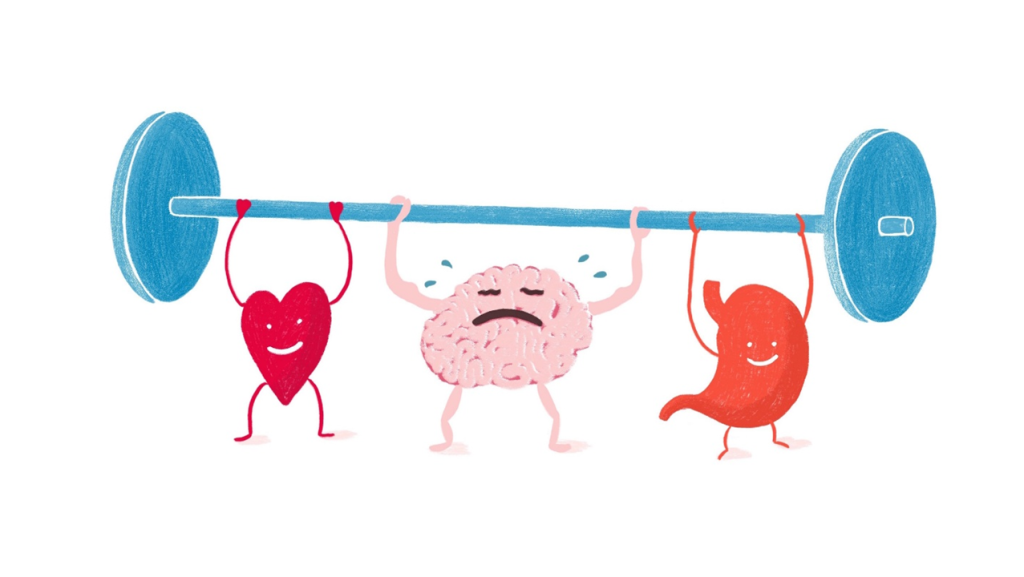Previous Articles in Product Visioning series:
Product Visioning: https://pm-powerconsulting.com/blog/product-visioning-5-steps-scoping-software-projects/
Product Visioning: 1. Elevator Pitch: https://pm-powerconsulting.com/blog/product-visioning-elevator-pitch/
Product Visioning: 2.1 User Persona: https://pm-powerconsulting.com/blog/product-visioning-2-1-user-persona/
Product Visioning: 2.2 User Goals, Pains, and Gains: https://pm-powerconsulting.com/blog/product-visioning-identifying-right-target-persona/
Product Visioning: 2.3 Building Hypotheses using Persona and their Goals, Pains, and Gains.
Strategyzer provides an effective template called Value Proposition Canvas. In our previous articles, we have built components of Value Proposition Canvas, User Persona, their Goals, Pains, and Gains.
After identifying our personas and detailing out their goals, motivations, pain points and gains, we have to arrive at certain hypotheses about target user segment so that we can build and prioritize our product features around those hypotheses.
Definition of hypothesis (https://www.merriam-webster.com/dictionary/hypothesis)
plural hypotheses
play \hī-ˈpä-thə-ˌsēz\
1a: an assumption or concession made for the sake of argument
b: an interpretation of a practical situation or condition is taken as the ground for action
2: a tentative assumption made in order to draw out and test its logical or empirical consequences
3: the antecedent clause of a conditional statement
The second meaning, ‘a tentative assumption made in order to draw out and test its logical or empirical consequences’ is better suited in our context. Through market research and interviews, we understand the target user’s pains, gains, and goals. Next step is to start working on our solution. We will come up with the key feature set of our product to act as either pain reliever or gain enhancer or goal achiever. To make sure our feature set meet these objectives, we arrive at some hypotheses on which our product would be built. These hypotheses would be tested by actual users either through a prototype, proof of concept, a simple and lean application or through mockups.
We have to create and validate hypotheses for primary actors/users of our product. A good number of products fail in the market when they ignore this critical step. To think from our user’s point of view from their shoes is extremely important for product success. The value created to our customer could be depicted as a function:
Value = f(Pain Relief + Gain Creation + Product/Service Customer Roles)(2)
To arrive at this value, we create and test hypotheses that combine Pain Relief, Gain Creation, and Roles/Goals.
Let us take an example:
Say, we are building a product for the K12 segment. The following may be Goals, Pains, and Gains of a School Teacher of standard 8th of a CBSE school in India.
(Disclaimer: This is just an example. Resemblance to any individual or organization, if any, is not intended, may only be a coincidence)
Roles / Goals
- Prepare and conduct assessments
- Homework
- Assignment
- Records keeping
- Attendance
- Parents meetings
- Manage class (as a class)
Gains
- Better preparation helps in better engagement with learners
- Having more time to run more extracurricular events/activities
Pains
- Keep the students engaged in class
- Paying attention to individual learners
- Time spent on Homework preparation and correction
Hypothesis:
- We believe that Teachers appreciate technology as it would help them teach and connect better with learners
- We believe that Teachers are able to manage syllabus scheduling and class planning
- We believe learner’s engagement levels are low because of the lack of ‘two-way communication’ structure in classroom
- We believe teachers would like to contribute to learner’s competition exam preparation
- We believe that teachers know that teaching methodologies are evolving rapidly. They would want to understand and learn.
A few things we have to watch out for:
- Arriving at a hypothesis to confirm our bias (without enough research)
- Seeing the user through our lens (instead of analyzing and adopting factual data)
- Focusing on narrow objectives (like only on roles or just pain relievers)
- Casting the net too wide (trying to address all the pains, gains and goals of the user in one go)
Key takeaways:
- Hypotheses and hence value proposition would differ for each of our target customer segment. To maximize the chances of success, we have to make sure we research, analyze, conduct surveys and come up with as many hypotheses as possible.
- Once we have hypotheses ready, we have to reach our target segment and test it out. Using the feedback, refine the value proposition and hence the product feature set.
- This cycle repeats for multiple iterations until we are confident that we have the right product for our target segment.
Reading materials:




